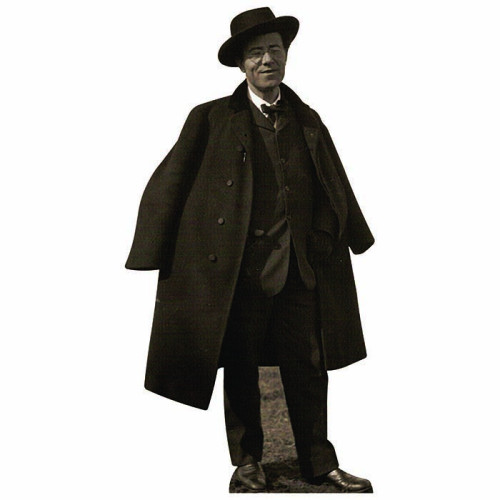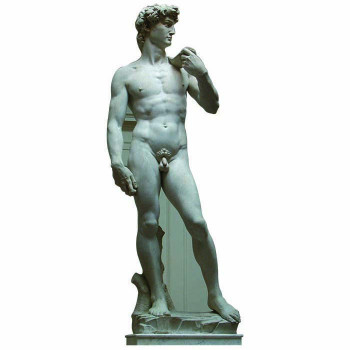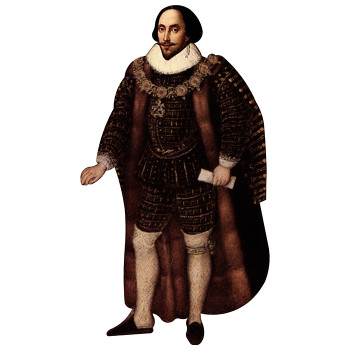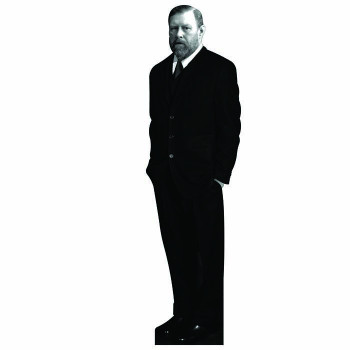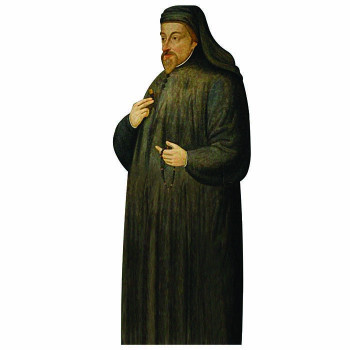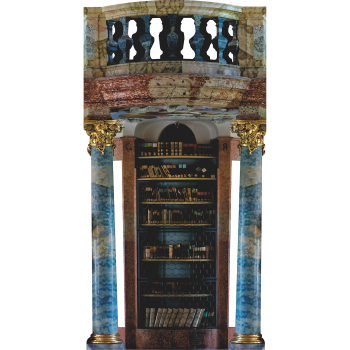GUSTAV MAHLER CARDBOARD CUTOUT
-
$0.00
Available Options
70 x 36 inches. Our cardboard cutout of Gustav Mahler. All cardboard cutouts come folded and have an easel attached to the back to be self-standing. Items are printed and produced to order. Printing and processing takes up to 5 business days plus shipping time.
Introduction to Gustav Mahler
Celebrate the legacy of one of the most influential composers and conductors of the late Romantic period with our lifesize cardboard cutout of Gustav Mahler. Perfect for musical displays, educational events, or as an inspiring addition to your home or office, this cutout captures the profound and passionate presence of Gustav Mahler, reflecting his significant impact on music and culture.
Background of Gustav Mahler
Gustav Mahler was born on July 7, 1860, in Kaliště, Bohemia, which was then part of the Austrian Empire (now in the Czech Republic). He was the second of twelve children in a German-speaking, Jewish family. His family moved to Jihlava when he was a young child, and it was there that Mahler's musical talents became evident. By the age of four, he was already playing the piano, and by fifteen, he had entered the Vienna Conservatory to study piano and composition.
Mahler's early career was marked by a series of conducting positions at various opera houses across Europe, including Budapest, Hamburg, and Prague. His reputation as a conductor grew, and in 1897, he was appointed the director of the Vienna Court Opera. Under his leadership, the Vienna Court Opera achieved new heights of artistic excellence, but his tenure was also marked by controversy, partly due to his demanding nature and his Jewish heritage in a predominantly anti-Semitic society.
In addition to his conducting career, Mahler was a prolific composer, known for his symphonies and song cycles. His compositions are characterized by their emotional depth, complex orchestration, and innovative use of musical form. Some of his most famous works include his "Symphony No. 1" (1888), "Symphony No. 5" (1902), and "Das Lied von der Erde" (1909).
Mahler's music often reflects his personal experiences and philosophical concerns, exploring themes of love, death, nature, and the human condition. His works were initially met with mixed reviews, but they gradually gained recognition for their profound emotional impact and technical mastery.
In 1907, Mahler faced personal tragedies, including the death of his eldest daughter and his own diagnosis of a serious heart condition. He emigrated to the United States, where he became the music director of the Metropolitan Opera and the New York Philharmonic. Despite health challenges, Mahler continued to compose and conduct, leaving a lasting impact on the American musical scene.
Gustav Mahler died on May 18, 1911, in Vienna, at the age of 50. His legacy as a composer and conductor has grown immensely, and he is now regarded as one of the giants of classical music.
Cultural Impact of Gustav Mahler
Gustav Mahler's impact on the world of classical music is profound and enduring. His contributions as both a composer and conductor have significantly shaped the development of orchestral music and influenced countless musicians and composers.
Mahler's symphonies are considered some of the greatest achievements in the orchestral repertoire. They are noted for their expansive structures, intricate orchestration, and emotional intensity. His ability to blend elements of traditional symphonic form with innovative techniques and a wide range of musical influences has inspired generations of composers. His works, which often incorporate folk melodies, marching bands, and church hymns, reflect a deep connection to his cultural and personal experiences.
Mahler's "Symphony No. 2," known as the "Resurrection Symphony," and his "Symphony No. 8," known as the "Symphony of a Thousand," are particularly renowned for their scale and ambition. These works explore profound themes of life, death, and redemption, resonating with audiences through their emotional power and philosophical depth.
As a conductor, Mahler was a pioneering figure in the interpretation and performance of orchestral and operatic music. His rigorous standards and innovative conducting techniques transformed the orchestras and opera companies he led, raising the level of performance and setting new benchmarks for artistic excellence. His influence on conducting can be seen in the work of later maestros such as Leonard Bernstein, who was a great advocate of Mahler's music.
Mahler's music, initially misunderstood and underappreciated, gained significant recognition in the 20th century, particularly after World War II. Today, his works are regularly performed and recorded, celebrated for their emotional complexity and technical brilliance. His compositions have become central to the orchestral repertoire, and his influence extends to contemporary classical music and beyond.
Mahler's exploration of existential themes, his innovative use of orchestration, and his ability to convey profound emotional experiences through music have made him a central figure in the history of Western classical music. His legacy continues to inspire musicians, composers, and audiences around the world.
This cutout of Gustav Mahler celebrates his remarkable contributions and enduring legacy as a master composer and conductor. It serves as a tribute to his musical genius, his impact on the development of classical music, and his significant role in shaping the cultural and intellectual heritage of the late 19th and early 20th centuries.
- Brand: Historical Cutouts
- Product Code:H79120
- Availability:In Stock
LEARN MORE ABOUT OUR AVAILABLE MATERIALS

LIFE SIZE HISTORICAL CUTOUTS
We have been the leading historical based cutout supplier for nearly 10 years. We have worked with many schools, museums, and colleges across the country to provide stunning graphics from hsitory. Historical Cutouts are available in 3 materials and come contour cut with an easel to be self standing. Click below to learn more about each material and our cutout process.
Learn More
LIFE SIZE HISTORICAL WALL DECALS
All of our historical figures are available as a life size wall decals. Vinyl wall decal orders come ready to apply with squeegie and instructions. Having trouble? Check out our how to youtube video. Our graphics are printed on tear resistant PhotoTex Vinyl using our high definition 4 color plus white printing process.
Learn More
HISTORICAL ACRYLIC CUTOUTS
Desktop Legends are a smaller version of our life size cutotus printed on 3/16th" acrylic. All of our historical cutouts are also available as a desktop legend. These acrylic statuettes come in two sizes, 8" and 12". If you would like to learn more please click below.
Learn MoreRELATED PRODUCTS
-
David Cardboard Cutout
72 inches. x 29 inches. Our cardboard cutout of David. All cardboard cutouts come folded and have an..
Roy Eldridge Little Jazz Cardboard Cutout Standee Standup
Cardboard cutout of Roy Eldridge, ?Little Jazz?, one of the swing era's most influential musicians. ..
Henry David Thoreau Cardboard Cutout
68 inches. Our cardboard cutout of Henry David Thoreau. All cardboard cutouts come folded and have a..
William Shakespeare Cardboard Cutout
70 inches. Our cardboard cutout of William Shakespeare. All cardboard cutouts come folded and have a..
Little Red Riding Hood Bow Crossbow Arrow Hunting Cardboard Cutout Standee Standup
74x34 inch cardboard cutout of little red riding hood based on a story by Charles Perrault and the B..
Bram Stoker Cardboard Cutout
68 x 19 inches. Our cardboard cutout of Bram Stoker. All cardboard cutouts come folded and have an e..
Leon Trotsky Cardboard Cutout
70 inches. Our cardboard cutout of Leon Trotsky. All cardboard cutouts come folded and have an easel..
Geoffrey Chaucer Cardboard Cutout
64 x 26 inches. Our cardboard cutout of Geoffrey Chaucer. All cardboard cutouts come folded and have..
Wiblingen Monastery Germany Library Book Shelf Books Baroque Architecture Columns Cardboard Cutout Standup Standee
88x46 inch cardboard cutout of a book shelf at the Wiblingen Monastery in Germany. Voted one of the ..
SC2443 Bob Marley Concert Cardboard Cutout Standee Standup
68x29 inch cardboard cutout of Bob Marley in overalls holding a guitar. You don’t have to worry abou..
Manneken Pis Little Pissing Man Brussels Belgium Sculpture Cardboard Cutout Standee Standup
Cardboard cutout of the famous Manneken Pis sculpture in Brussels Belgium stadiing 34x17 inches. It ..
Grant Wood American Gothic Farmer and Wife Full Body Cardboard Cutout Standee Standup
72x38 inch cardboard cutout. The classic American Gothic by Grant Wood is a famous iconic painting d..

